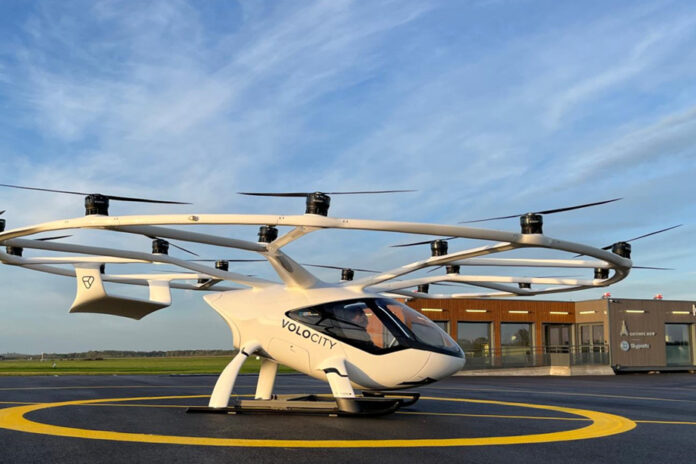The electrification of transport will take a leap during the Paris Olympic Games in the summer of 2024. Athletes and the public will be able to travel in electric flying taxis to avoid traffic jams. The aircraft called Volocity will carry a pilot and passenger for a maximum distance of 35 km. But there remains a major obstacle before seeing these flying taxis fly: the Environmental Authority fears that the machines will emit too much noise as they come and go at the vertiport located on a boat on the Seine, in the heart of Paris. However, authorization could be granted in time, next spring.
Students at the University of Eindhoven in the Netherlands wanted to design more than an electric car: they wanted to capture carbon dioxide (CO2) in the air. Around thirty of them have therefore developed the ZEM, an electric automobile equipped with a filter which sucks up CO2. These are two kilos of CO2 which can be trapped every 30,000 km. In addition, most of the parts of this vehicle are 3D printed, and the body is made of recycled plastic. Enough to make it the most ecological of all electric cars.
An electric vehicle is not necessarily a sedan on an asphalt road. The Californian manufacturer Rivian is developing a range of electric vans and SUVs with astonishing designs. Capable of going from 0 to 96 km/h in 3 seconds, the R1T, its first off-road truck, can drive through a meter of water and climb a 45-degree slope. It can also spin around like an assault tank. Sales of the R1T have just tripled in one year, while the next model, an SUV, will be marketed in 2026.
Traveling by bike or electric scooter can cause a certain amount of stress: that of having your vehicle stolen. Honda’s Motocompacto electric scooter eliminates the hassle of searching for a pole and carrying a bulky padlock. With a range of 19 km, this electric scooter has the advantage of transforming into… a suitcase. No need to lock your scooter – hoping to find it when we return: just fold it up and take it with you. The Motocompacto will be on sale only in North America, with the aim of appealing to workers who commute downtown to work.















